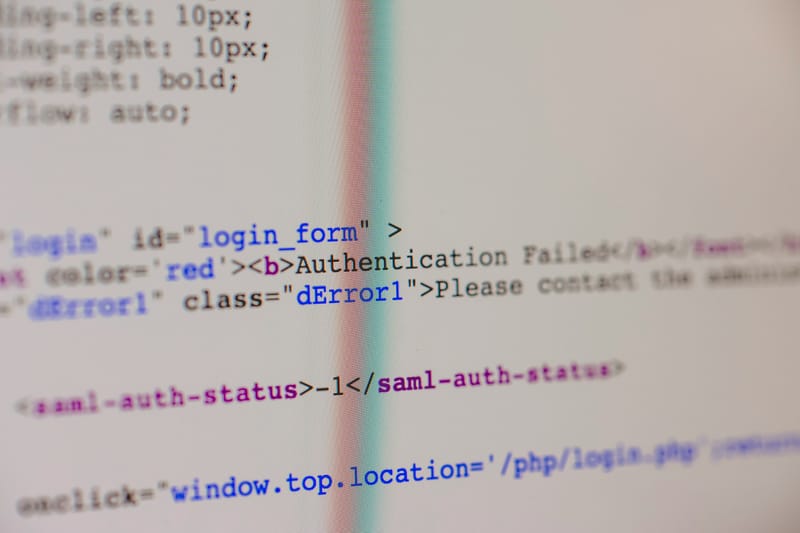Designing for Trust: Creating Effective 404 Error Pages
404 error pages are often overlooked in website design, but they present a unique opportunity to engage users and maintain brand consistency. This article explores the importance of well-designed 404 pages and provides strategies for creating effective error pages that guide users back to valuable content. By implementing these design principles, website owners can transform a potentially frustrating experience into a positive interaction, reinforcing user trust and encouraging continued exploration of the site. Learn how to craft error pages that align with your brand identity, offer helpful navigation options, and even inject a touch of humor to diffuse user frustration.Table of Contents:

The Importance of User-Friendly 404 Pages
When users encounter a 404 error, it's crucial to provide a seamless experience that keeps them engaged with your website. A well-designed error page can significantly reduce bounce rates and maintain user trust. Instead of presenting a bland, technical message, consider this an opportunity to showcase your brand's personality and guide users back to relevant content.Effective 404 pages should be visually appealing, on-brand, and offer clear navigation options. By addressing the user's needs and expectations, you can turn a potential point of frustration into a positive interaction that reinforces your commitment to user experience.
Do you need a website? Want to build a website but don't know where to start? Our website builder is the perfect solution. Easy to use, and with the ability to customize to fit your business needs, you can have a professional website in no time.
Maintaining Brand Consistency
Your 404 page should be an extension of your overall brand identity. Use consistent colors, typography, and design elements that align with the rest of your website. This continuity reassures users that they're still within your site's ecosystem, even if they've landed on an error page.Consider incorporating your logo and maintaining the same header and footer structure as your main pages. This familiarity helps users feel oriented and encourages them to continue exploring your site. Remember, a branded 404 page is an opportunity to reinforce your company's image and values, even in an unexpected situation.
Providing Clear Navigation Options
One of the primary goals of a 404 page is to guide users back to valuable content. Include prominent links to your homepage, popular categories, or a site map. A search bar can also be incredibly useful, allowing users to find the content they were originally seeking.Consider adding a list of your most visited pages or recent blog posts. This not only provides immediate navigation options but also showcases the breadth of content available on your site. By offering multiple pathways back into your site's content, you increase the likelihood of retaining the user's interest and preventing them from leaving in frustration.
Building a website with SITE123 is easy
Injecting Humor and Personality
While a 404 error is technically a problem, it doesn't mean the user experience has to be negative. Injecting a bit of humor or personality into your error page can help diffuse potential frustration and create a memorable interaction. Consider using witty text, playful illustrations, or even interactive elements that align with your brand voice.However, it's important to strike a balance. The humor should be appropriate for your audience and not overshadow the primary goal of guiding users back to functional parts of your site. A clever quip or amusing image can go a long way in turning a potentially frustrating moment into a positive brand experience.
Implementing Responsive Design
With the increasing prevalence of mobile browsing, it's crucial that your 404 page is responsive and functions well across all devices. Ensure that the layout adapts seamlessly to different screen sizes, maintaining readability and functionality.Pay special attention to the size and placement of navigation elements on smaller screens. Buttons and links should be easily tappable, and the overall design should remain uncluttered. A responsive 404 page ensures that users have a consistent experience, regardless of how they're accessing your site, further reinforcing trust and usability.
Gathering User Feedback
Your 404 page can serve as a valuable tool for gathering user feedback and improving your site's overall user experience. Consider including a brief form that allows users to report why they ended up on the error page or what they were looking for.This feedback can help you identify broken links, missing content, or common user pathways that may need improvement. By actively seeking input, you demonstrate your commitment to user satisfaction and continuous improvement. Additionally, this interaction can turn a potentially negative experience into an opportunity for user engagement and site enhancement.





